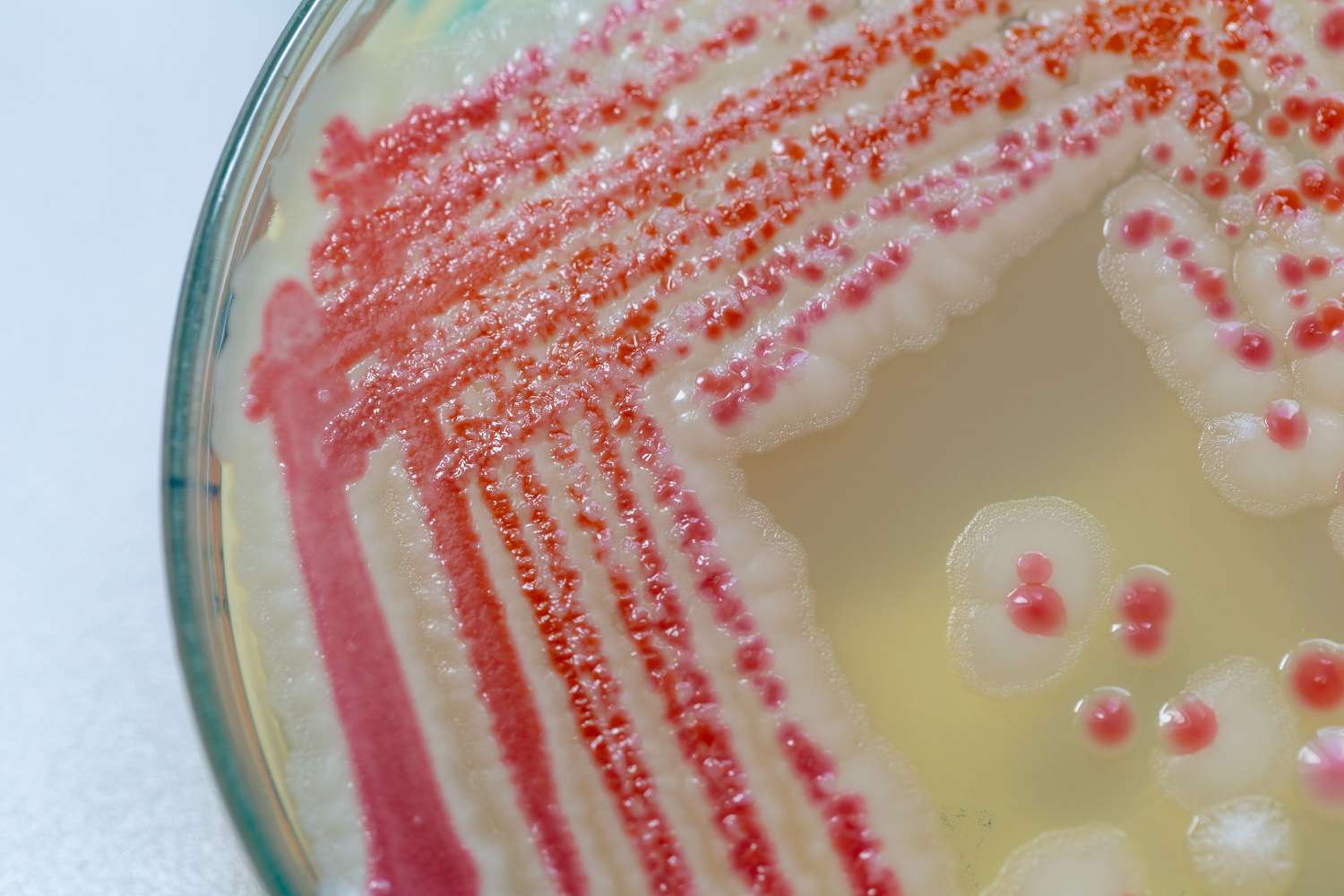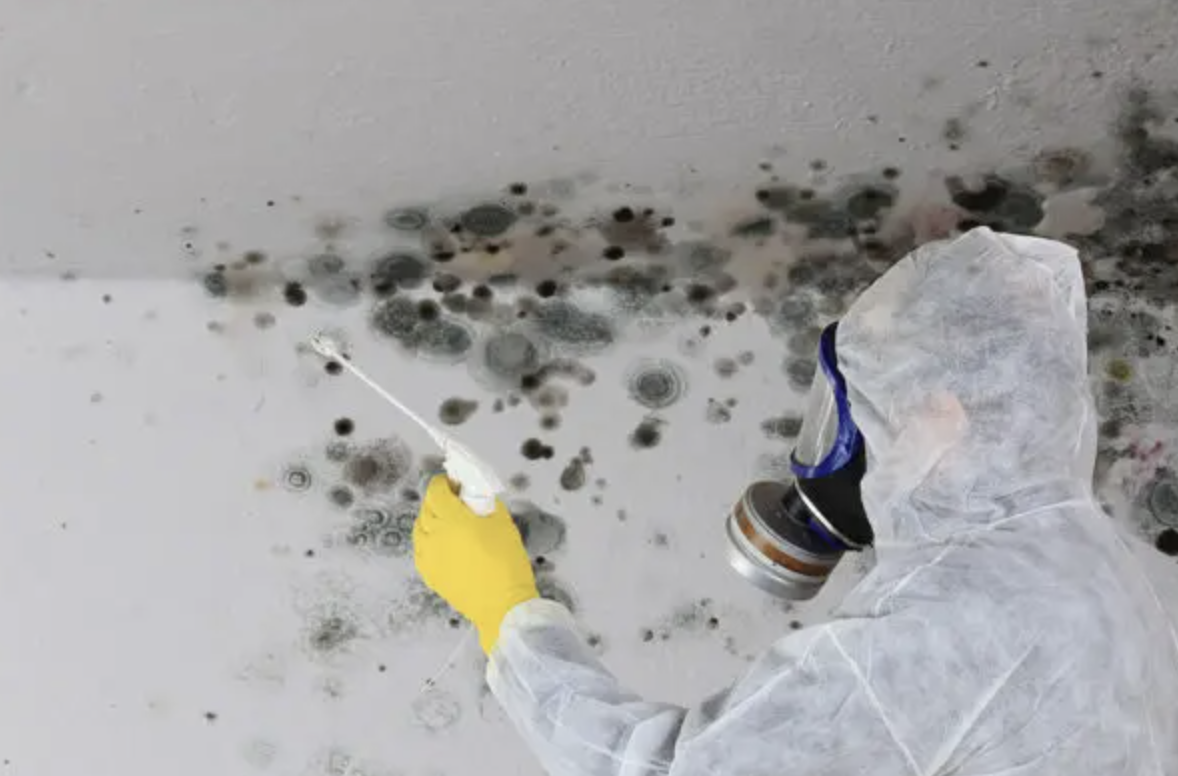Article by Joshua Kent
Moisture Master Pros OwnerAre you aware of the pinkish stain that’s been growing in your shower or sink? You might think it’s soap scum or an unsightly blemish that you can clean up later, but beware – it could be pink mold. While the color may look pretty, don’t let it fool you. Pink mold thrives in damp and humid areas, and it can cause a range of health problems if left unchecked. Below, we’ll delve into the dangers of pink mold and explore the symptoms and health risks associated with exposure to this insidious invader.
The Science of Pink Mold: What Is It?
You may have seen light pink mold growing in damp areas of your home, but what exactly is it? Unlike other types of mold, pink mold is not a fungus, but rather a type of bacteria called Serratia marcescens, that thrives in warm, wet environments. It’s commonly found in showers, sinks, toilets, and other areas where water accumulates. The pink mold bacteria produce a pink or red pigment that gives it its distinctive color. It’s important to note that pink mold is not actually a type of mold but rather a type of bacteria. While it may not be as well-known as black mold or other types of mold, it can be just as dangerous to your health.
So, why is pink-colored mold so harmful? When it grows, pink mold releases spores into the air, which can cause a range of health problems when inhaled. These spores can irritate your respiratory system, causing symptoms such as coughing, sneezing, and wheezing. In some cases, exposure to pink mold can even lead to serious respiratory infections. To prevent the growth of pink mold, it’s essential to keep your home clean and dry, especially in areas where moisture tends to accumulate.
Where Does Pink Mold Grow?
As we mentioned earlier, pink mold loves warm, damp environments. That means it’s most commonly found in areas of your home exposed to moisture, like the bathroom or kitchen, where water is frequently used. You can find pink mold growing on surfaces such as bathroom tiles, grout, silicone caulking, or even in your humidifier, and it can also grow on shower curtains, bath mats, and other soft surfaces.
Your shower is one of the most challenging areas to prevent pink mold growth. When you take a shower, moisture builds up on the walls and floor, creating the perfect environment for pink mold to thrive. To prevent pink shower mold from growing, use a squeegee to remove excess water from the shower walls and floor after each use. You can also use a mold-resistant shower curtain and a bath mat to help in preventing pink mold growth.
What Are the Symptoms of Pink Mold Exposure?
If exposed to pink mold, you may experience a range of symptoms. These can include respiratory problems such as coughing, sneezing, and wheezing. You may also experience skin irritation or redness if you come into contact with pink mold. In some cases, exposure to pink mold can even lead to serious respiratory infections, particularly in people with weakened immune systems.
It’s important to note that not everyone who is exposed to pink mold will experience symptoms. Some people may be more sensitive to the bacteria than others. If you suspect you’ve been exposed to pink mold, it’s important to address the problem as soon as possible.
Pink Mold Health Risks: What You Need to Know

Exposure to pink mold can lead to a range of health problems, particularly if you’re exposed to it for a prolonged period. Respiratory problems such as coughing, sneezing, and wheezing are common symptoms of pink mold exposure. One of the reasons pink mold can be so harmful is that it releases mold spores into the air when it grows. These spores can travel throughout your home and cause respiratory problems when inhaled.
In some cases, exposure to pink mold can even lead to serious respiratory infections, urinary tract infections, intestinal problems, and in rare instances, pneumonia, particularly in people with weakened immune systems.
If you suspect you’ve been exposed to pink mold, it’s important to address the problem as soon as possible.
How Do You Remove Pink Mold?

Removing pink mold can be challenging, primarily if it has spread to a large area. If you have a small amount of pink mold in your home, you may be able to get rid of it using a mixture of bleach and water. Mix one part bleach with ten parts water, and apply the solution to the affected area with a sponge or cloth. Ensure you wear gloves and protective eyewear to avoid direct contact with the bacteria.
For larger infestations, you should seek professional help. For a widespread mold problem, it’s best to call a mold remediation professional. They have the tools and expertise to safely and effectively remove and kill mold from your home.
At Moisture Master Pros, we specialize in mold removal, remediation, and prevention. Our team of experts can help you identify and address any pink mold issues in your home. We use the latest technology and techniques to safely and effectively test for and remove mold from your home, ensuring your indoor air quality is safe and healthy for you and your family.
Our services don’t stop at mold removal, however. We also provide preventative measures to ensure that pink mold, black mold, and other types of mold don’t return to your home. Our team can assess your home, identify areas where moisture will likely accumulate, and provide solutions to keep your home dry and mold-free.
Can You Prevent Pink Mold Growth?
Yes, by taking a few simple steps, you can help to prevent mold growth. The most important thing you can do is keep your home clean and dry, especially in areas where moisture accumulates. Make sure to wipe down surfaces in your bathroom and kitchen after use, and use a dehumidifier in areas with high humidity.
Another way to keep pink mold from growing is to address leaks or water damage in your home as soon as possible. Water damage can create the perfect environment for pink mold to grow, so addressing any issues as soon as you notice them is essential.
Finally, investing in mold-resistant products for your home is a good idea. Look for mold-resistant drywall, insulation, and paint to reduce the risk of mold growth.
How Can You Test for Pink Mold?

If you suspect you have pink mold in your home, you can purchase a test kit to confirm the presence of the bacteria. These kits are available online from Moisture Master Pros or at your local hardware store. They typically involve taking a sample of the affected area and sending it to a lab for testing.
It’s important to note that while test kits can confirm the presence of pink mold, they cannot determine the extent of the infestation. If you have a large amount of pink mold in your home, it’s best to call a professional mold remediation company to address the problem.
Don’t Let Pink Mold Win- Take Action Against Pink Mold Now!
Pink mold may be pretty to look at, but it’s important to remember that it can be a severe health hazard. If you suspect you have pink mold in your home, it’s important to address the problem as soon as possible.
By understanding the health risks and symptoms associated with pink mold and taking steps to prevent its growth, you can keep your home safe and healthy for you and your family.
At Moisture Master Pros, we are here to help you with your mold remediation and prevention needs.
Contact us today to schedule an appointment and take the first step towards a healthy, mold-free home.



